Thoughts on Rolex Acquiring Bucherer: Is Rolex Changing the Industry Again?
by Raman Kalra
Raman Kalra is the founder of The Watch Muse blog and has kindly agreed to share some of his articles with us here on Quill & Pad.
___________________________
When the news broke that Rolex was acquiring Bucherer, a move that caught everyone by surprise. Until now, Rolex did not have its own authorized dealers, except for one in Switzerland. Instead, it has relied on established authorized dealer networks to carry its products, albeit with tight controls. However, Rolex decided that the opportunity to acquire Bucherer was too good to miss.
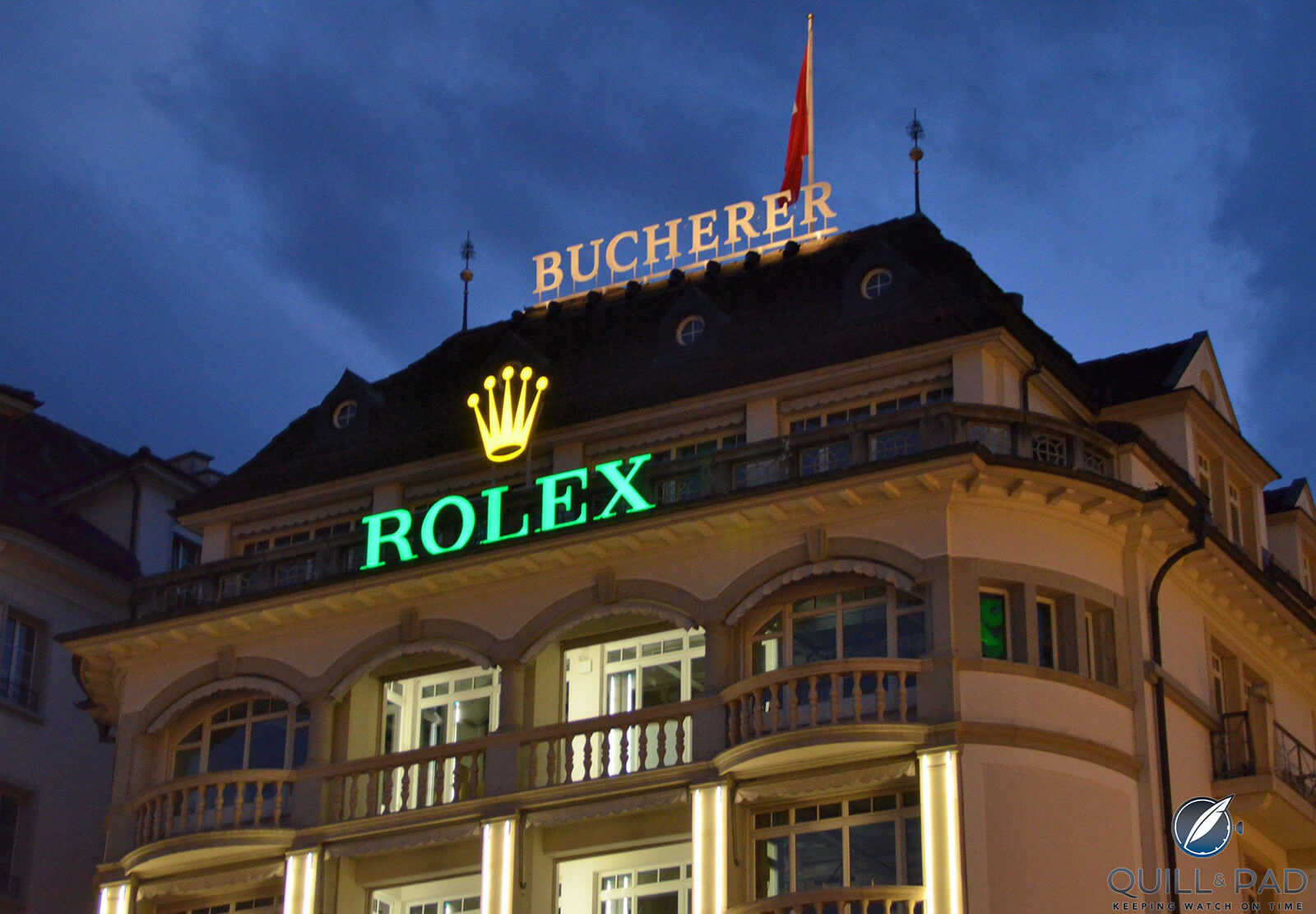
Rolex and Bucherer
By doing so, they now have full control over the entire supply chain, from producing their own materials and components to manufacturing, and now, distributing.
According to the Morgan Stanley watch report, Rolex already has nearly 30% market share among Swiss watch brands, and this acquisition has only strengthened its position.
If you stop and think about that, it is a remarkable situation to be in.
It may seem obvious at first, but I would like to explore the implications of the recent acquisition. Reading between the lines, what does this mean for Rolex? What have they actually gained by taking over Bucherer? Will there be knock-on effects for the rest of the industry?
These are all just opinions, for now, we won’t know how the industry will evolve. I would love to hear your views in the comments below.
————————————————————————————————————–
—————————————————————————————————–
What Does the Acquisition Mean on Paper?
Bucherer is an independent watch and jewelry retailer founded by Carl. F. Bucherer in 1888. The brand has been a long-standing partner to Rolex, spanning nearly a century (since 1924). Bear in mind, this was just before Rolex launched the Oyster case (1926) and several years prior to the first self-winding Perpetual (1931). The outgoing Chairman, Jörg Bucherer, is the last active person in the industry to have worked alongside Hans Wildorf.

Bucherer’s flagship boutique in Lucerne, Switzerland
When Jörg Bucherer decided it was time to sell the business, Rolex decided it was too good an opportunity to miss. They are taking on an extremely well-recognized and respected name within the retail space. With over 100 branches worldwide, including the United States, United Kingdom, Switzerland, Germany, and France, it is no surprise that Rolex saw an opportunity to expand its reach. Currently, 53 of these boutiques already sell Rolex watches, and 48 sell Tudor.
Apart from distribution, Bucherer also offers after-sales services for both brands. Moreover, as of early 2023, Bucherer is the first partner of Rolex for the Certified Pre-Owned program.
Rolex’s acquisition of an established and respected distribution network presents obvious benefits to the brand. With the network’s experience in dealing with both brands, the roll-out to all stores (which I presume will happen) will likely be smoother when considering the remaining Bucherer employees and training. More importantly, Rolex now has full control of the AD process. They will be able to monitor practices and follow their own philosophy of customer experience.
Rolex has established direct contact with consumers, which has not been there before, and customer experience has been one of the areas of improvement for the brand in recent years. For a brand that enjoys having strict control of its products, the weak link has always been the final step of the chain. While the policies they have in place are tight, having full ownership is a whole new level.
—————————————————————————————————–
—————————————————————————————————–
The final details of the release indicate that the Bucherer brand will be kept independent under the Rolex umbrella. The current management will also stay in place and the collaboration with other brands will continue. This means watches from brands such as Omega, JLC and Blancpain will all continue to be sold in Bucherer stores.
There will be conflict of interest considerations that need to be accounted for, but it is an extremely bold and intelligent move by Rolex, as now they will benefit from sales for other popular watches like the Omega Speedmaster! Even if customers have no interest in purchasing a Rolex, they will still benefit from the overall industry performance.
What Does the Acquisition Mean Beyond the Surface?
Rolex bought Bucherer and now owns over 100 ADs – so what? There is a lot more beneath the surface that can be speculated about what this will achieve for the brand.
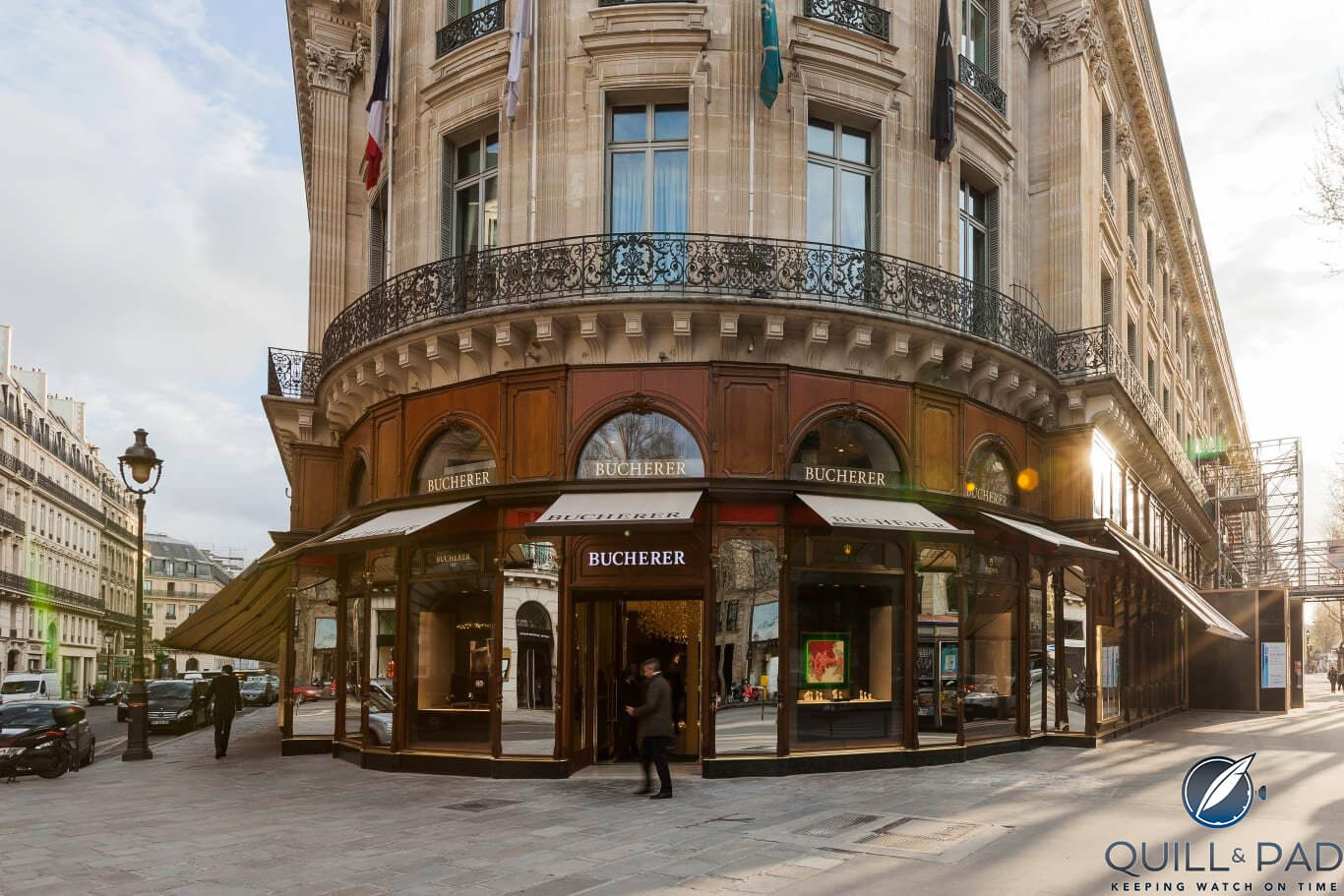
Bucherer boutique in Paris
First and foremost, it comes down to control. We are all aware of the difficulties in buying a Rolex watch from an authorized dealer. It was not always this way. The exponential rise of new interest in luxury watches from factors such as social media, asset appreciation, and access to information, combined with a relatively stable supply from brands, has led to an imbalance between supply and demand.
Granted, this has happened over the last 5 to 10 years it was still relatively quick, especially for an industry that moves slower than others. It caught brands off-guard in how to manage this situation. Suddenly, models such as the Rolex Submariner or even Oyster Perpetual, which were seen as the entry into the brand, could not be delivered fast enough to meet supply. There were no longer models in display cases and waiting lists became an unexpected thing.
—————————————————————————————————–
—————————————————————————————————–
Rolex has taken steps to address the lack of watches, including exhibition pieces now featured in ADs, but the main consequence has been secondary market prices rose considerably. Now, if you were able to source a Rolex through an AD, in theory, you could leave the store and charge a higher price to sell it. This is where the Rolex control could help.
There would no longer be the reliance on a third-party AD to manage a waiting list or how to allocate a coveted watch – Rolex could do this in-house. It would be able to make an informed decision on who should be receiving that stainless steel Daytona or titanium Yachtmaster.
Better yet, and this might be wishful thinking, Rolex having control of the distribution could make waiting lists a more rigorous process. No longer would it require the discretion of your local AD to decide to allocate you a watch, but it could be organized by Rolex themselves. This way, if someone is on the list for a Rolex Explorer in three different boutiques and one delivers, they won’t be called for another allocation. It would go to the next person instead. They would understand who bought what, and in the process they might be able to slow the grey market and flippers, improving the overall customer satisfaction.
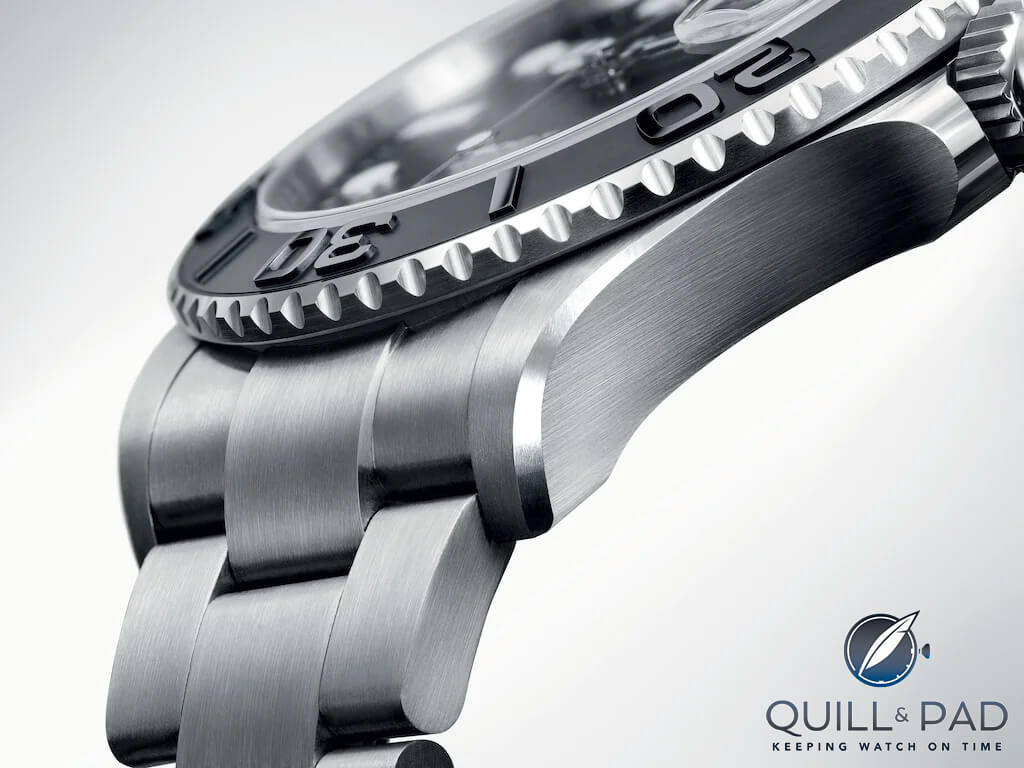
Rolex Yacht-Master in titanium
The next benefit of the acquisition could relate to the Rolex CPO program and its expansion. As a quick introduction, the Rolex Certified Pre-Owned program allows you to purchase a pre-owned Rolex that has been checked and verified by Rolex and comes with a manufacturer guarantee.
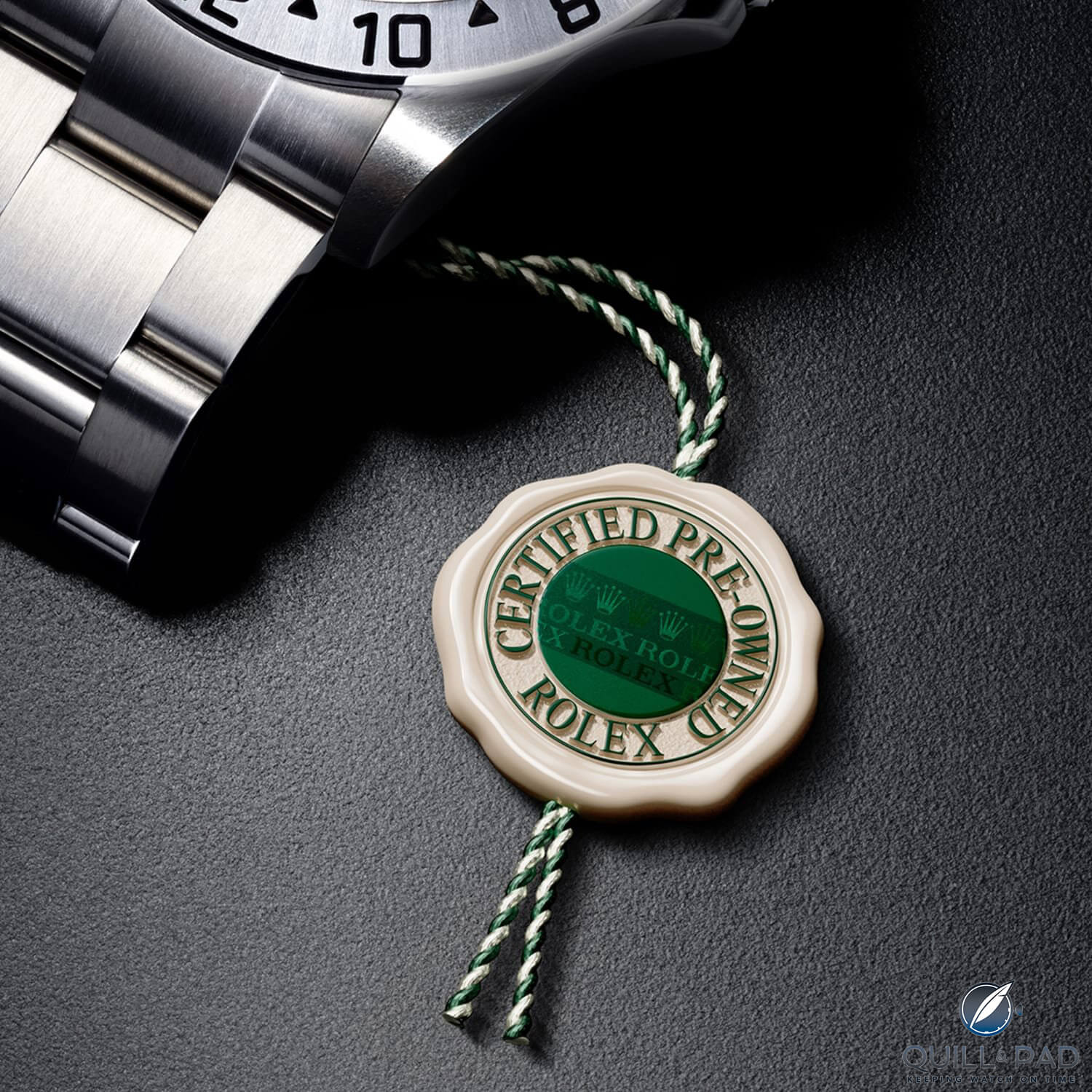
Rolex certified pre-owned seal
With more people turning to the secondary market, paying a premium can be attractive for the knowledge the watch you are purchasing is authentic. However, until now, ADs who are participating in the CPO program set the prices of the watches for sale, leading to price discrepancies between stores depending on how they value the watch. With Rolex now behind Bucherer, they could have direct input into what those prices look like. That could lead to more consistency.
—————————————————————————————————–
—————————————————————————————————–
You can speculate further, as it does give Rolex some power to create perceived value of some models, but given CPO prices tend to be higher than what you find from other secondary market dealers, I find this unlikely.
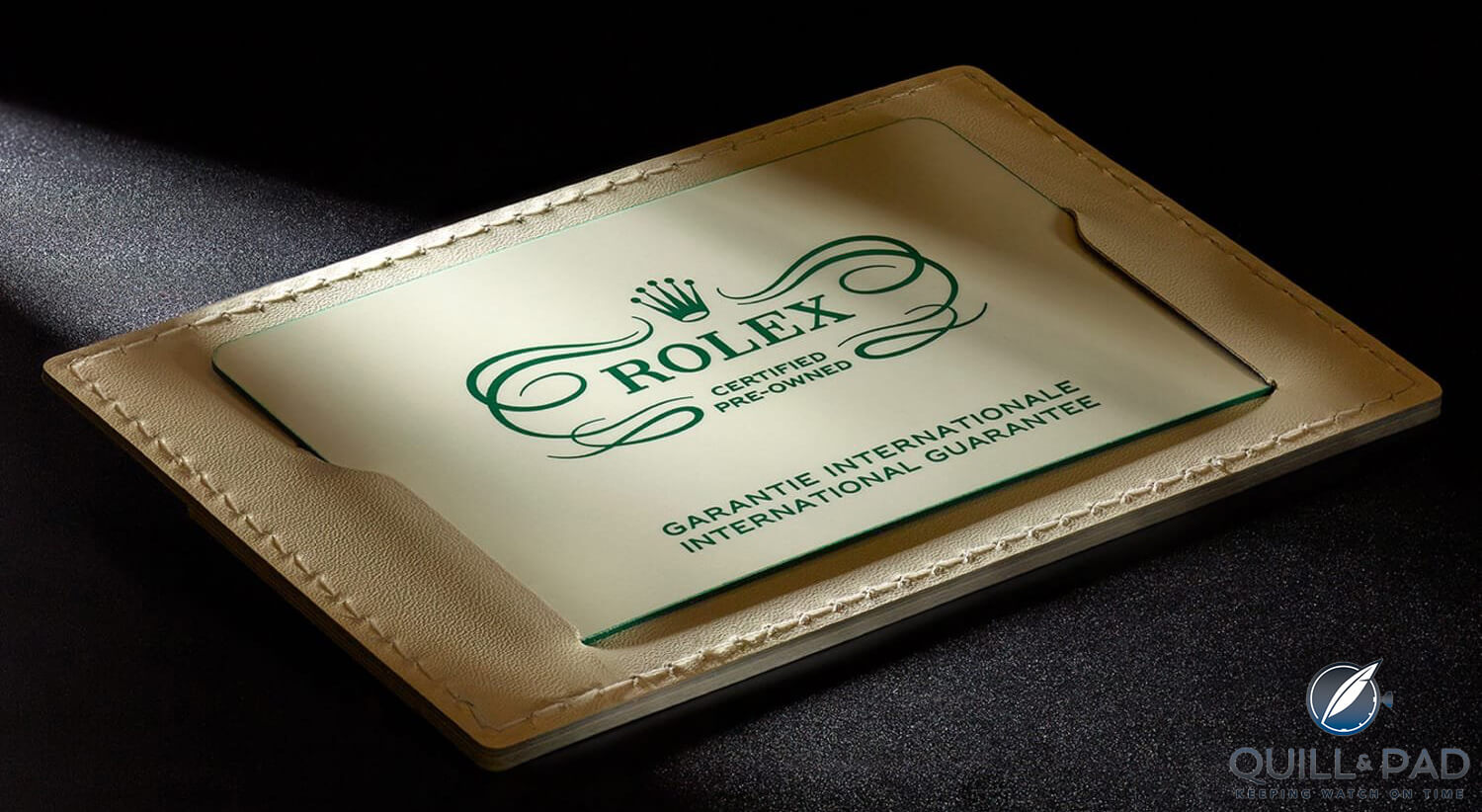
Rolex international two-year guarantee card
Bucherer is not only a dealer of Rolex, but they also carry and distribute watches from other major brands as mentioned. No matter which brand brings in sales, Rolex will benefit from them regardless, and therefore, has direct exposure to not just their own performance, but the whole industry. This is a clear advantage and easy to see, but there is another factor here that is not so obvious – data.
Data drives much of the modern world, and Rolex now will have access to a whole new range of potential insights to work with. When a customer buys a watch through Bucherer, Rolex will know about it. It could be an Omega, a pre-owned Cartier or an Oris. Obviously, it will depend on the boundaries that are set in place between Bucherer and the rest of the Rolex group, as well as their ability to work with the data, but it will be there.
Now, Rolex can better understand which models are in demand in a relatively opaque industry. It could show smaller case diameters are in fashion, titanium demand is growing faster than stainless steel or color dials are not as popular as media suggests. Whatever it may be, Rolex has information that can help drive their own products.
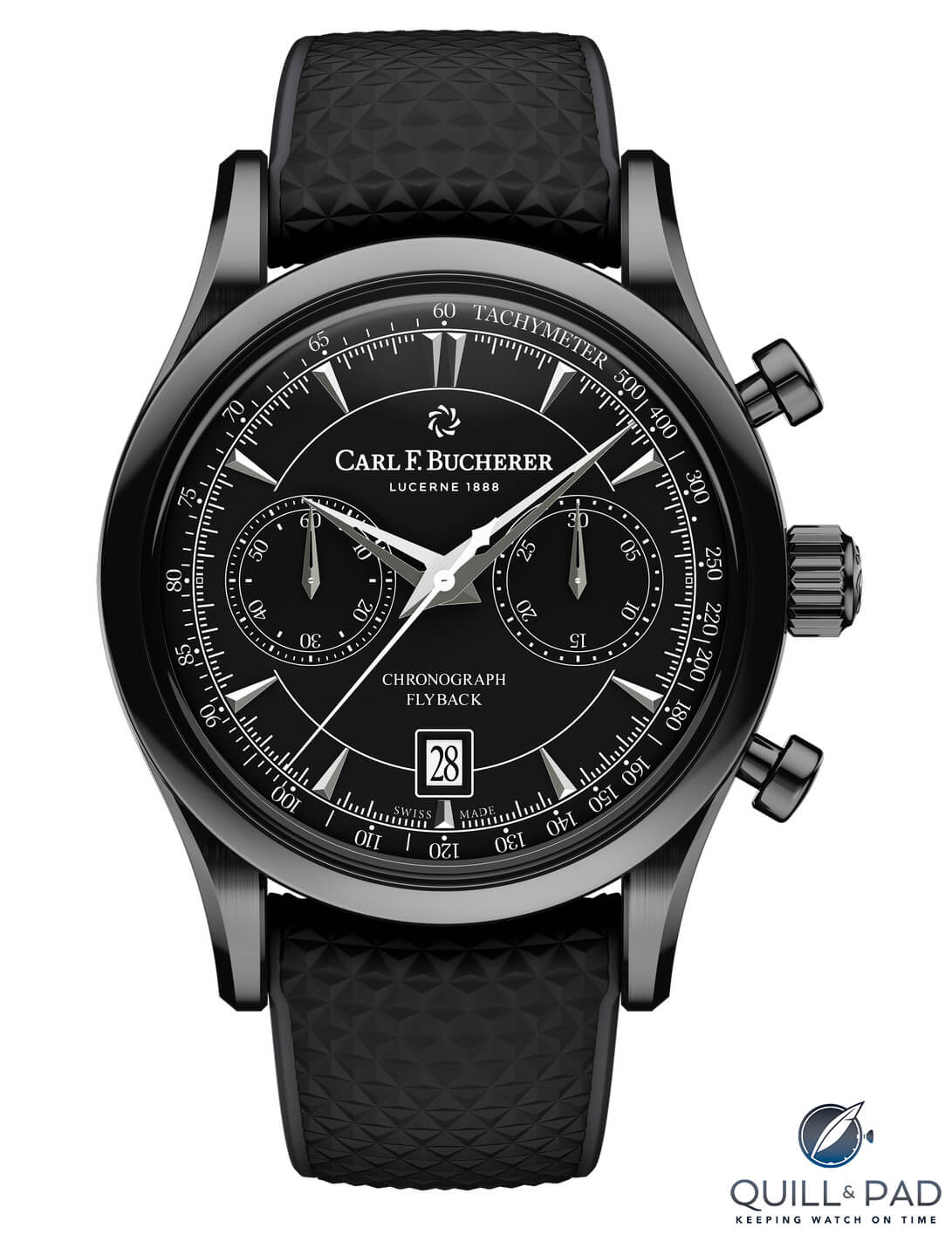
Carl. F. Bucherer-Manero Automatic Flyback Chronograph
Finally, it is worth highlighting that Bucherer does have its own watch brand – Carl. F. Bucherer (CFB). With CFB, Rolex now has a third brand that adds another dimension in a different direction. CFB has a long history that ties into the boutique’s history. Within the brand, they produce a wide range of watches with a completely different aesthetic from Rolex and Tudor. They are mostly dressier pieces, but there are also flyback chronographs and a diver series.
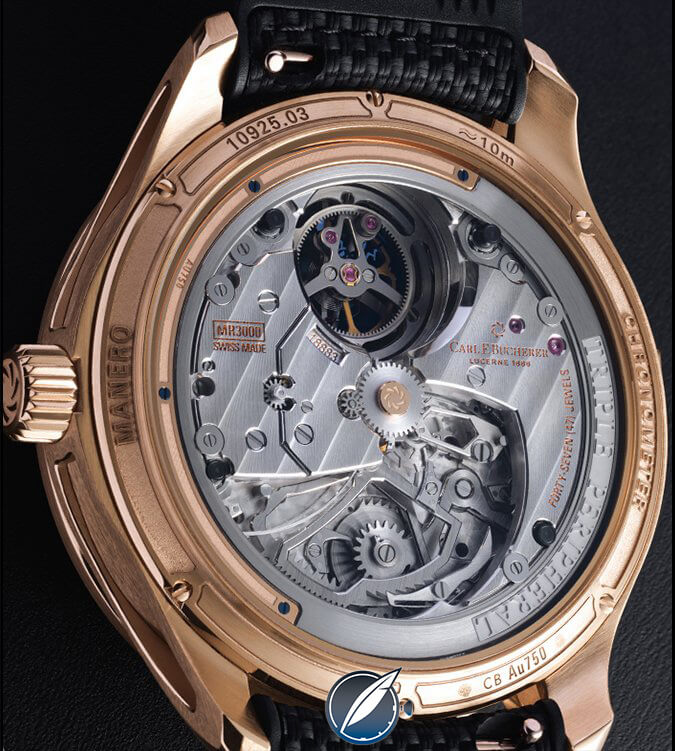
Carl. F. Bucherer manufacture automatic movement with peripheral winding rotor
Apart from their looks, Bucherer produces its own movements. There are a few notable highlights in their watchmaking abilities, such as their peripheral rotor technology. They have even produced a peripheral automatic winding system combined with a peripherally mounted Tourbillon (Caliber CFB T3000). This might start a whole new chapter for Rolex and it will be interesting to see how CFB progresses from here.
—————————————————————————————————–
—————————————————————————————————–
There are a few questions that come to mind when considering how this impacts Rolex. Does Rolex start to incorporate some of this peripheral technology in new watches with exhibition casebacks such as the Perpetual 1918? Could it help drive the expansion of the Perpetual 1918 lineup? Does it one day lead to Rolex having more high horology complications?
Furthermore, Rolex tends to use the Tudor catalog to have a bit more fun and experiment with ideas – CFB adds another layer to this. They have diversified what watches they can produce and put out for consumers.
How Might the Industry Evolve?
We have discussed how this will impact Rolex immediately and some secondary effects that are not initially so obvious, but how could this acquisition change the industry? It may be an overreaction, and it could result in everything remaining as the status quo, but it is the first time a brand has entered the retail space while distributing its competition.
It is also fun to speculate and share ideas!
Like I said, I don’t think this would mean too much for the industry, at least initially. Why would it? Rolex has stated they are going to keep Bucherer separate and the staff remains the same. The industry is slow-moving at the best of times and accounting for an integration period and Rolex working out in which direction they want to steer the ship.
I don’t see any big changes coming soon.
On top of that, Bucherer will continue to generate revenues as it has been doing, Rolex will continue to work with other distribution networks and there is no immediate rush to make any significant changes. It feels highly likely that Rolex and Tudor will be rolled out to all stores but that will be it.
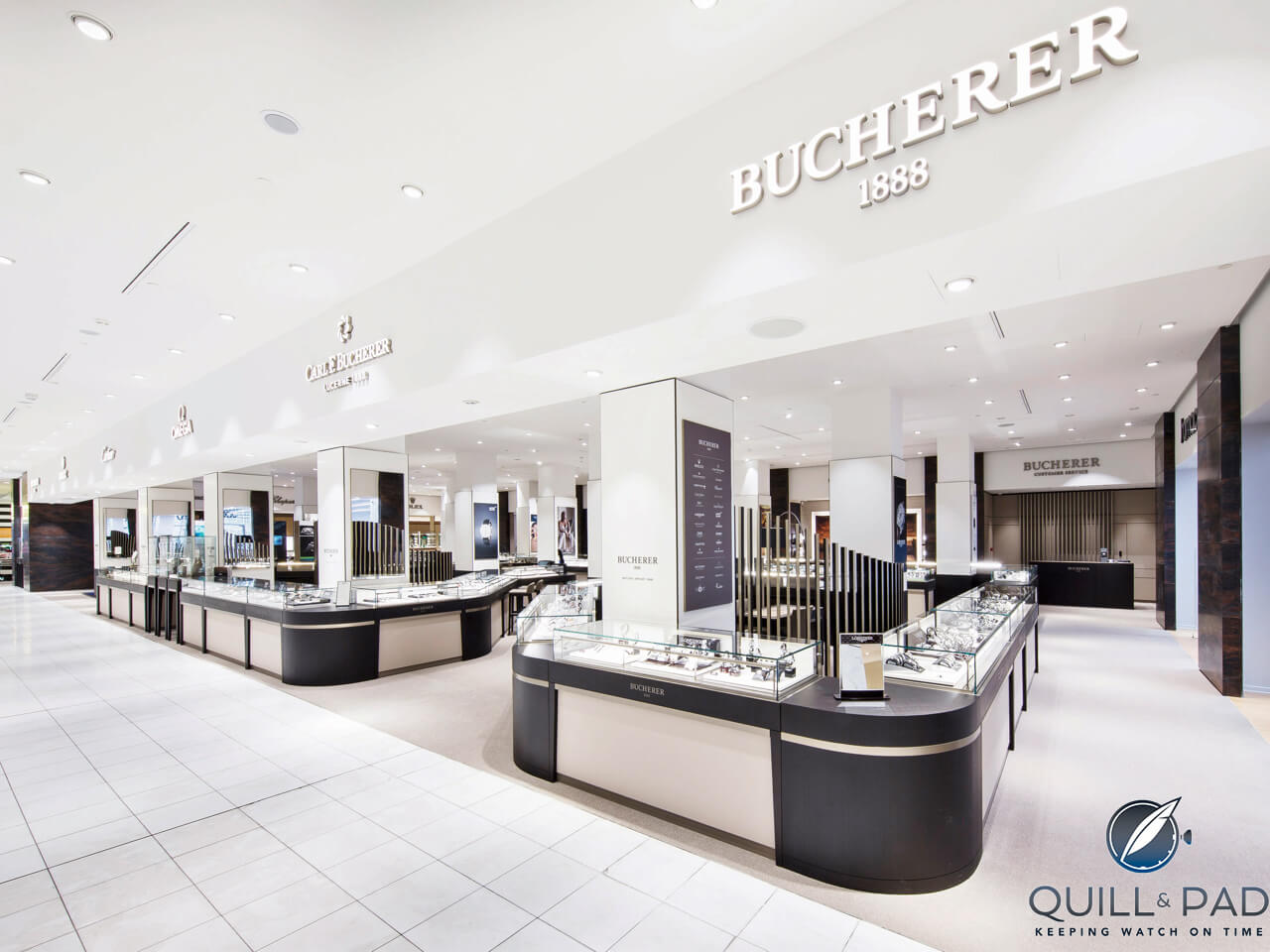
Bucherer boutique
What comes further down the line is where it becomes interesting. Naturally, for other brands, there will be some concern with how Rolex directs Bucherer. For example, will their watches be now at the back of the store? Will a brand like Omega want its sales to lead to revenues for its biggest competitor?
—————————————————————————————————–
—————————————————————————————————–
Then there is the consideration of consumer data. Will other brands be content with Rolex knowing which models are doing better than others? Of course, Bucherer is a small portion of sales across all other platforms worldwide, but there is still some insight to be gained.
Given these questions, could it lead to a pullback from these names or even a push into more brand-owned boutiques?
The flip side is Rolex’s popularity. If consumers are drawn to Bucherer stores for Rolex, can these other brands afford not to be in front of the footfall? There is a scenario where Rolex takes its boutique design to the next level. It will become the place to go to experience their watches and this could spill over to the other watches on offer.
If by improving the boutique experience across all names, Rolex would be the go-to boutique for the sale of any watch, they benefit. Again, not just monetarily, but also with information. If someone were to buy a dark green Omega Seamaster 300m or a JLC Polaris, why would Rolex not want to know that?

Rolex boutique
Finally, how does this affect other distributors of Rolex? There is no scenario where I see Rolex pulling back from its established relationships. Bucherer does not have the reach to replace everyone, at least in its current state. However, I can see a situation where the more coveted Rolex models are saved for Bucherer only. This is an aspect that came up on a Theo & Harris podcast and wanted to share it with you because I agree.
Other ADs could receive models like the Datejust and Oyster Perpetual (as well as some token references from the Professional range), but the majority of those in-demand models are saved for the Bucherer stores. If you wanted a Daytona, Yachtmaster or GMT at any point, the way to have the best chance is to buy shopping with Rolex directly. This would lead to a natural gravitation towards the Bucherer name given the level of demand experienced here.
Final Thoughts
The acquisition of Bucherer by Rolex has sparked both shock and excitement in the industry. While it may not seem like a big deal, the move marks the first time a watch brand has entered the retail space in such a significant way. Especially as that same brand has the greatest market share of Swiss watch brands and now distributes watches from its competitors.
The initial impact I believe will be relatively straightforward. We can expect Rolex and Tudor watches to be sold in all Bucherer stores, but beyond that, there may not be any immediate changes. However, what could happen further down the line is interesting. There are many paths that Rolex could take, all benefiting their own brand. Yet, these paths could all lead to changes within the broader industry.
For now, we can only discuss our opinions and speculate, but I am keen to see how this evolves.
You can read more articles by Raman Kalra at www.thewatchmuse.com.
You might also enjoy:
Rolex Case Study: How Many Watches and How Much Money Does Rolex Make?
Rolex Submariner vs. GMT Master II: Small Differences, Difficult Decision
Omega vs. Rolex: How Omega is Reaching for the Crown
Leave a Reply
Want to join the discussion?Feel free to contribute!

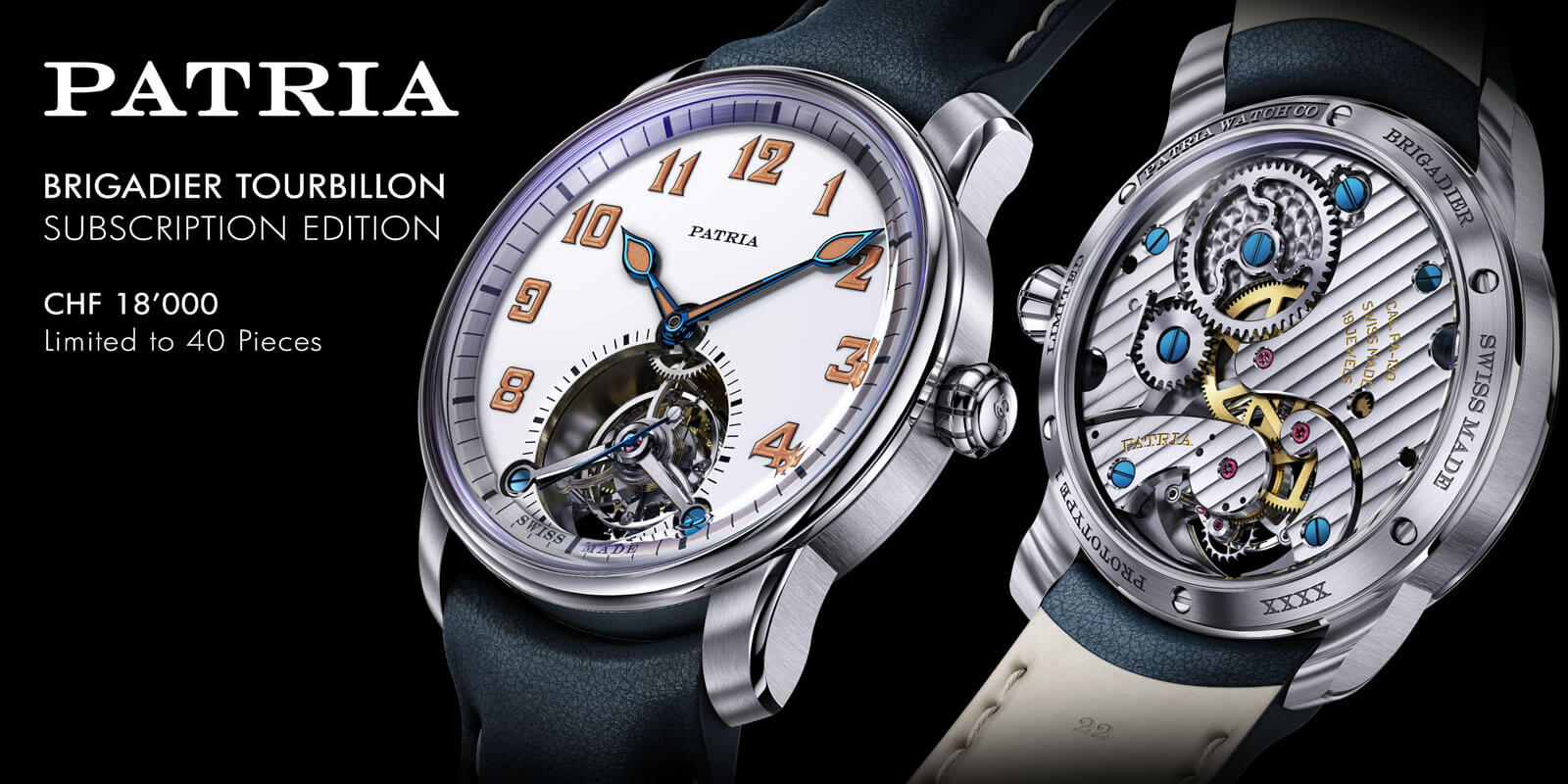
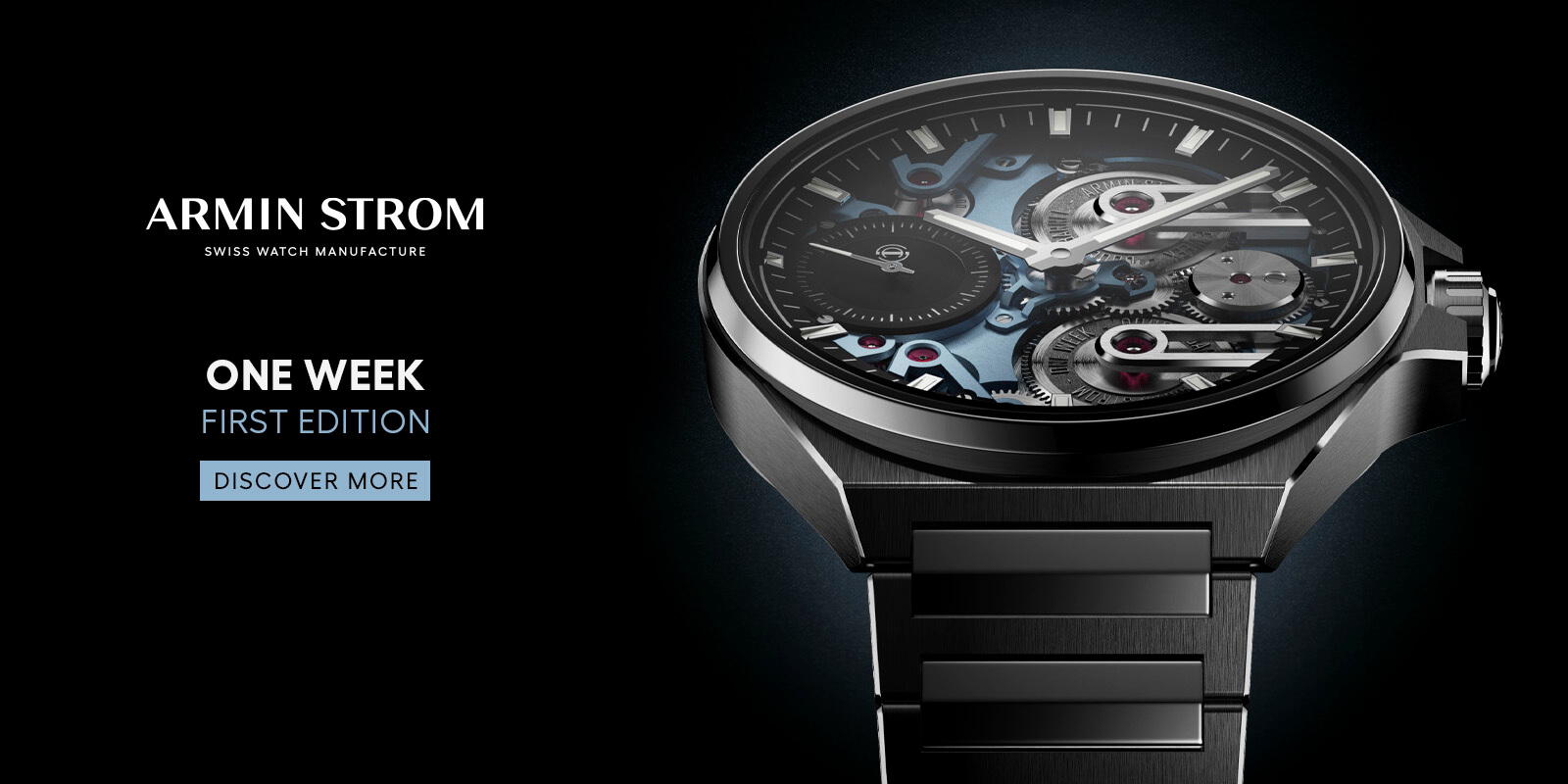
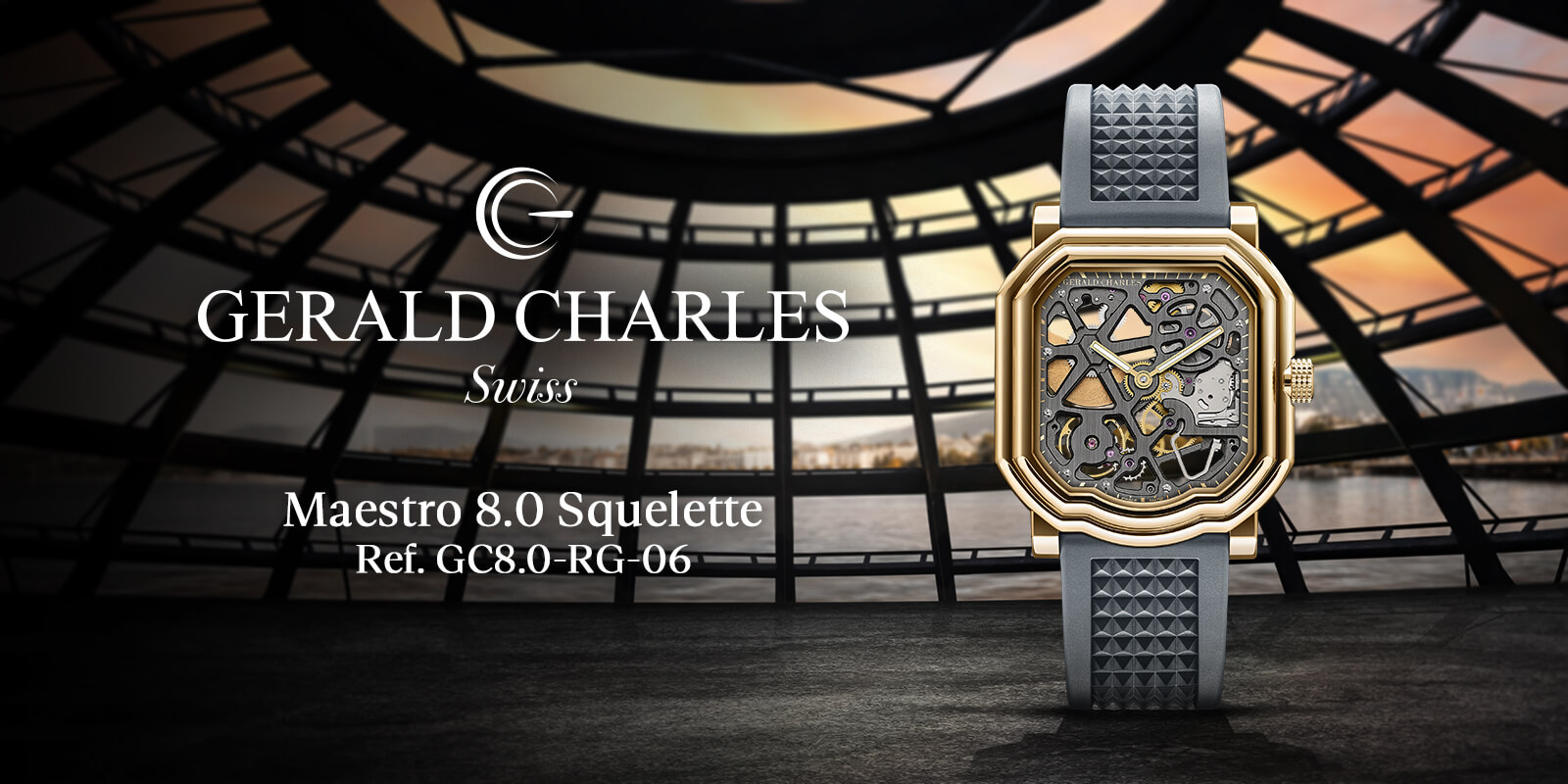


Inflated 2nd market prices won’t rise as much as before. Crappy AD’s that treated new customers like crap will be dropped. Rolex will now make a lot more on watches getting retail, wholesale, and secondary market profits. Rolex controls the sales experience and makes money if you’d rather buy an Omega or Breitling. Brilliant move on Rolex part.